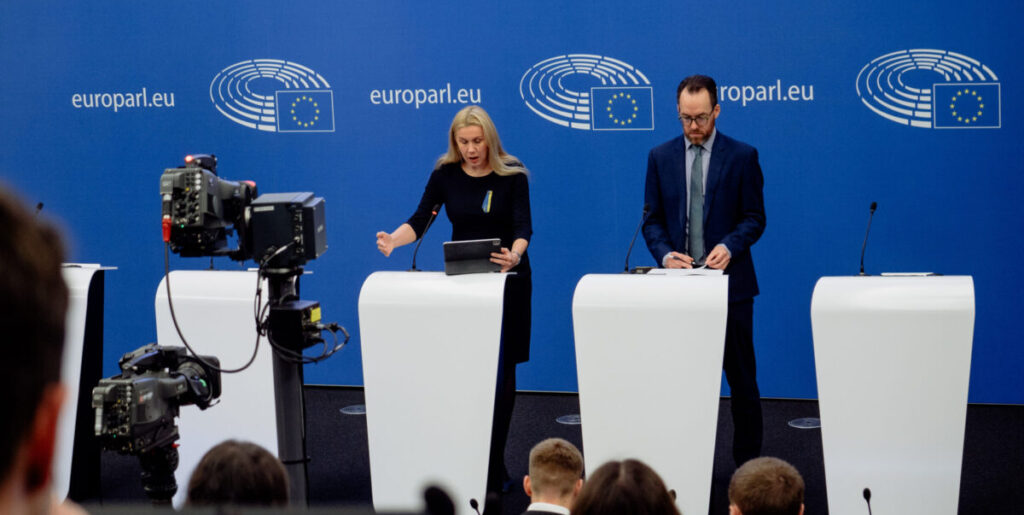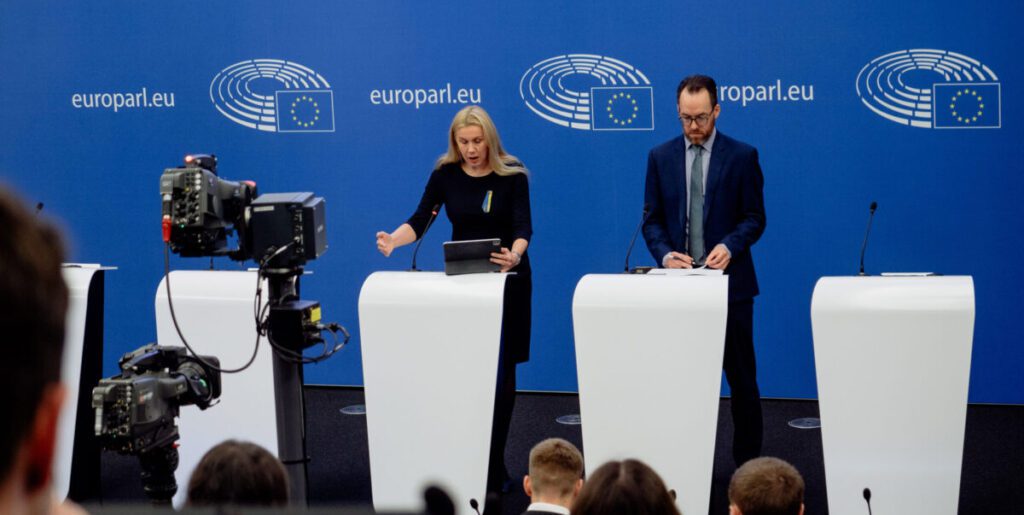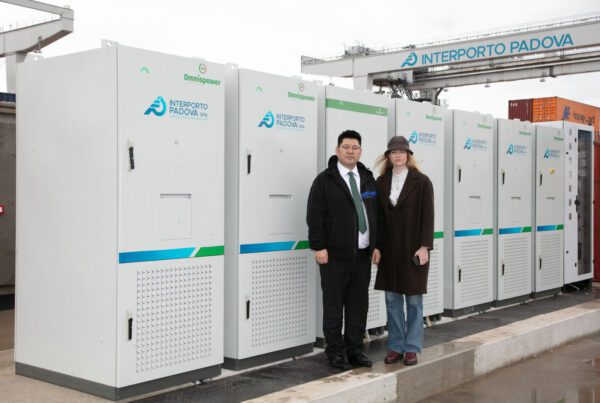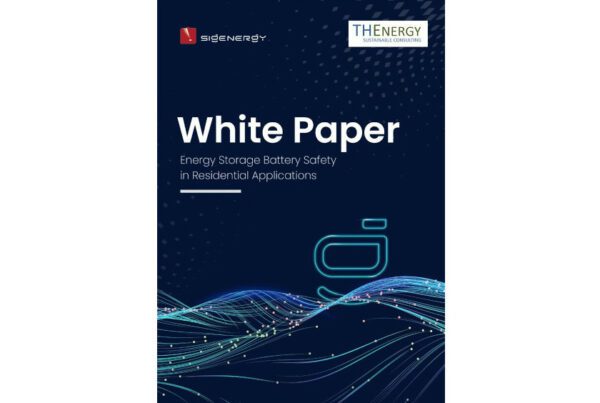
The European Commission’s long-awaited reform of the European Union’s electricity market proposes to keep the merit order mechanism, but going forward the European energy market will be more strongly characterized by long-term PPAs and bilateral contracts for differences.
The merit order will remain, but in future the European energy market will be more strongly characterized by long-term PPAs and two-way contracts for differences. This is how the Commission’s proposal for the long-awaited reform of the European Union’s single electricity market can be summarized.
Since the autumn of 2021, and particularly since Russia’s invasion of Ukraine, energy prices have surged. Despite a considerable share of renewable energy generation in some price zones, electricity price spikes are linked to the cost of fossil-fuel generation. To protect end consumers and industry from such prices, EU member states have had to provide unprecedented support.
In response, negotiations have been underway within the EU to redesign the internal energy market. Member states agreed that short-lived price fluctuations on the fossil-fuel markets should no longer have such a catastrophic impact on consumer electricity prices. While Spain urged substantial changes, countries such as Germany and the Netherlands warned: “Don’t throw the baby out with the bathwater.” Excessive cuts in the market mechanism could cloud the investment climate in renewable energies and thus cause expansion to stall.
In the run-up to the proposal, member states disagreed on how far the revision of the electricity market design should go. In the future, electricity suppliers could hedge against volatile markets through long-term PPAs.
The European Commission’s (the Commission) proposal represents a compromise and envisages revising the Electricity Directive, the Electricity Regulation, and the Regulation on Wholesale Energy Market Integrity and Transparency (REMIT).
Stabilizing prices
The primary objective of the revision of the internal energy market is to stabilize prices. The merit order mechanism received a lot of attention in the wake of last year’s price increases. The Commission cannot completely abolish it because the mechanism is not prescribed by law, but is a way for homogeneous goods such as electricity to function in markets.
However, in its proposal the Commission agreed that renewable energies receiving state subsidies must be capped by a two-way contract for difference (CfD). In current European subsidy regimes, the price is only capped at the floor for the producer; in the other direction the sky is the limit. In a two-sided CfD, the legislator would also set a price cap (ceiling). In this way, any excess profits from electricity trading would be passed on to households.
Consultation process for contracts for difference
In the run-up to the draft, consultation with the energy industry found that 70% of the participants considered two-sided CfDs to be an effective means of stabilizing electricity prices.
Another proposal seeks to improve market conditions for long-term PPAs. Electricity suppliers should purchase a larger share of their electricity via long-term contracts – also known as hedging. Doing so means electricity suppliers would not run the risk of passing on high prices directly to customers or claiming state aid in the event of renewed market fluctuations. Electricity suppliers would be required to secure long-term PPAs for renewable or non-fossil generation as part of their power volumes generated by the fixed contracts.
At present, there are still weaknesses in the PPA market, according to the Commission. These lie primarily in the credit risks of the buyers. Therefore, member states should be obliged to ensure market-based liabilities and guarantees for PPAs. This would also lead to secured revenues for the producers and improve the investment climate for renewable energies.
Popular content
More consumer protection
The energy market reform also aims to ensure greater transparency, integrity, and consumer protection. For example, member states will be able to define vulnerable consumers who can benefit from regulated electricity prices in the event of a crisis. However, this is to include only households and medium-sized companies. There are to be no regulated, preferential electricity prices for industry.
The Commission’s proposal also puts the onus on the Agency for the Cooperation of Energy Regulators and national regulators to better monitor the transparent pricing and integrity of competitive markets. The REMIT adjustment in particular is intended to improve the data quality of monitoring and prevent market abuse.
Collective self-consumption and tenant electricity
In addition to stable prices, the reform of the electricity market design is also intended to lead to more electricity generation from renewable energy sources. Therefore, the new market design should enable investments in wind and solar farms by end customers – simplifying the path to citizen energy projects. In addition, the Commission proposes to make possible the uncomplicated sharing of surplus electricity from rooftop PV systems with immediate neighbors.
This form of collective self-consumption is already partially possible in some member states. However, there is no uniform EU-wide regulation. In some parts of the internal market it’s completely prohibited, which should now change. The aim is also to give end customers without a private roof the opportunity to protect themselves from high electricity prices by investing in renewable energy systems.
A transparency obligation for trading periods and grid bottlenecks on the part of the grid operators should further facilitate the feed-in of renewable energies.
Enabling flexibility
Another proposal to stabilize prices is to promote system flexibility and storage capacity. For example, all end users are to be given access to dynamic electricity prices in order to operate electric cars and heat pumps more cost-effectively. Member states will also be required to formulate their needs and targets for storage and non-fossil flexibility capacity.
New frameworks for storage and load control are to be considered in future tenders and support guidelines.
The Commission’s proposal remains to be confirmed by the European Council and Parliament.
This content is protected by copyright and may not be reused. If you want to cooperate with us and would like to reuse some of our content, please contact: editors@pv-magazine.com.



